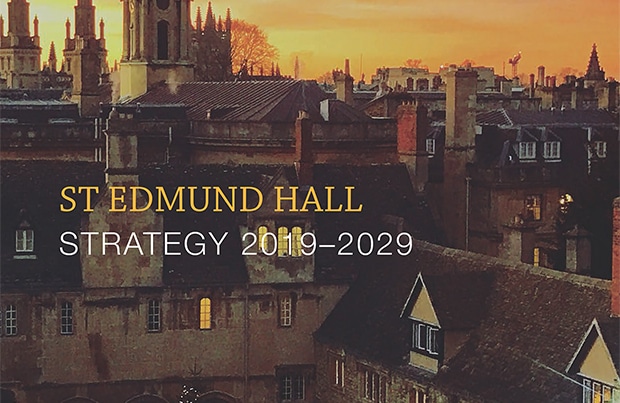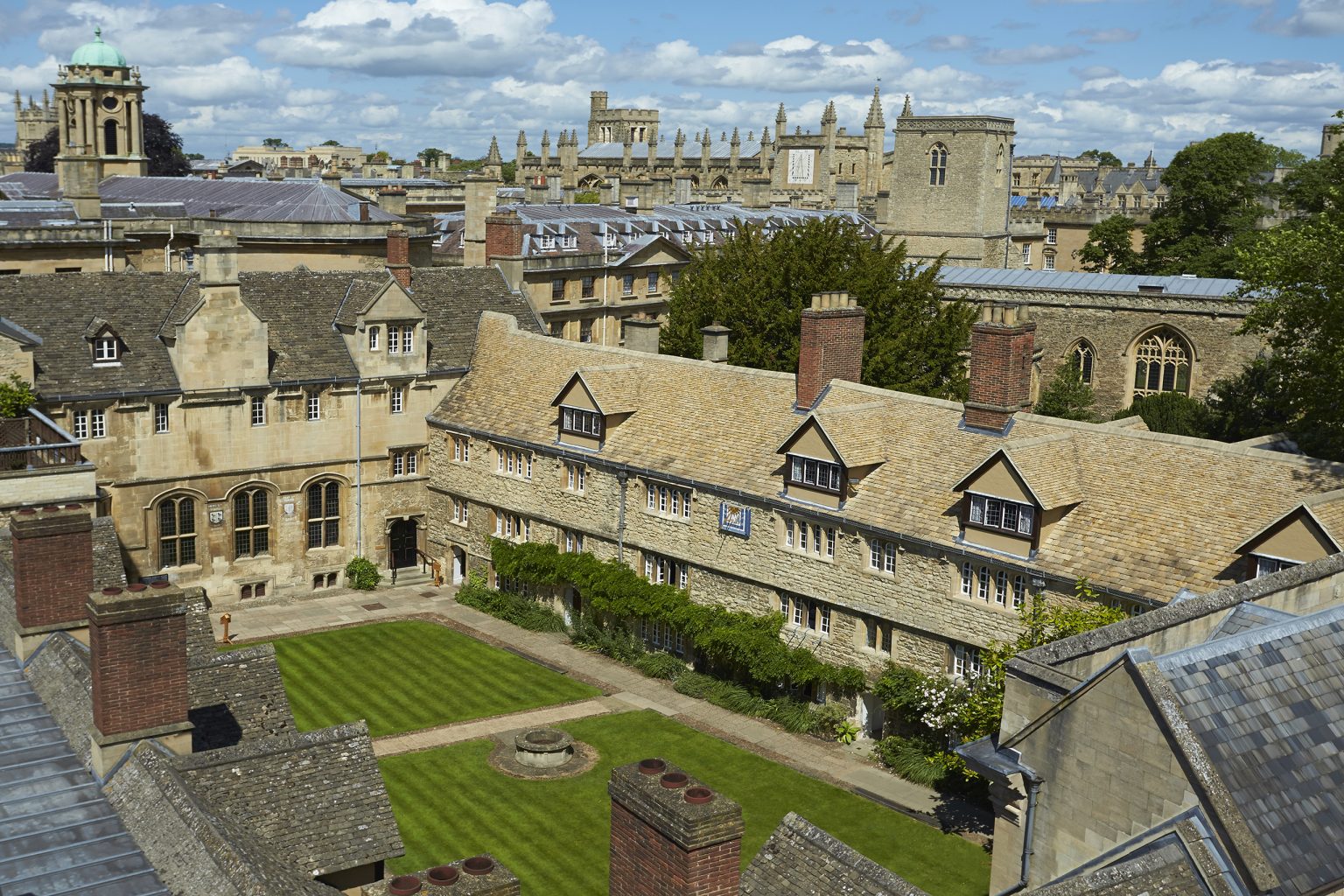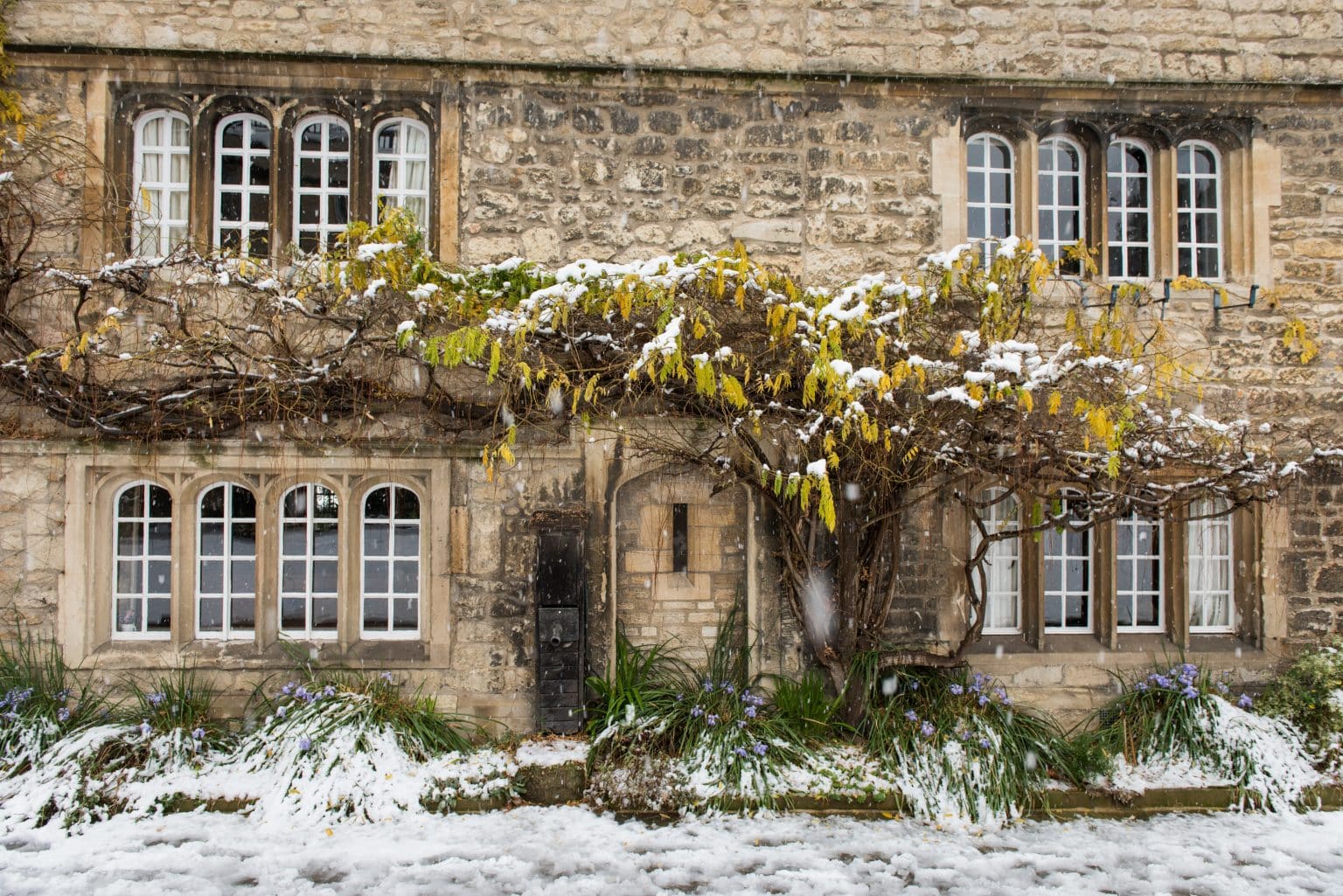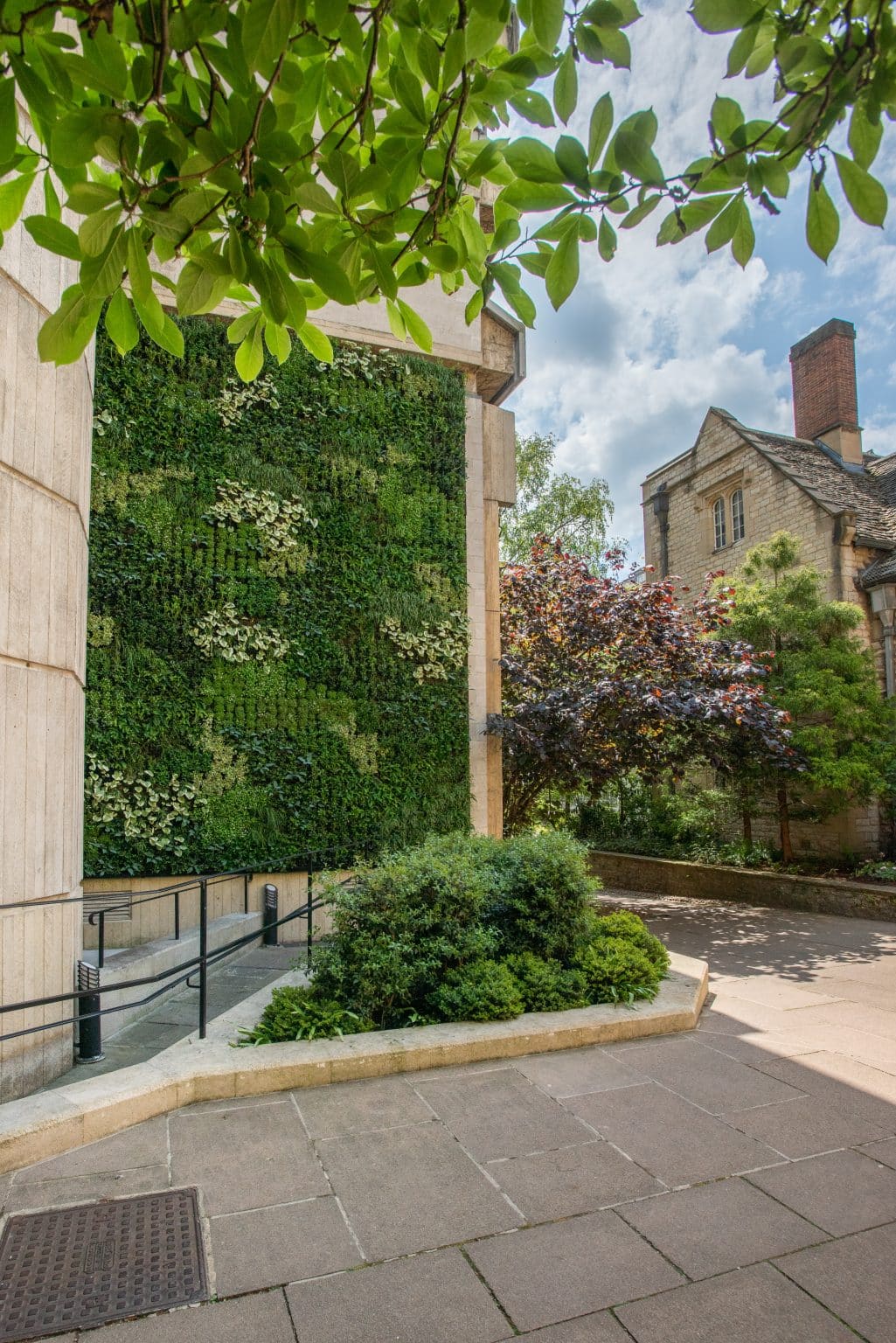About
Welcome to St Edmund Hall, affectionately known as ‘Teddy Hall’, and one of the oldest colleges at the University of Oxford.
We are the last standing medieval Hall in Oxford, dating back to at least the thirteenth century and are known for our friendly atmosphere, and sporting and creative traditions. Located in the heart of Oxford, we are one of the largest colleges with around 400 undergraduates and 300 postgraduates. Our students are supported by our wonderful community of almost 200 academic and non-academic staff. We are also proud to have a global network of 10,000 aularians (alumni) in over 100 countries who have excelled in a broad range of fields from journalism, politics and the sciences. We are historic and forward thinking and aim to become a greener, more diverse and accessible home for world leading research and teaching.
Floreat Aula! (May the Hall Flourish)

10-Year Strategic Plan
Our aim is to become a greener, more diverse and accessible home for world leading research and teaching.

History of the Hall
Medieval halls were established to house and educate undergraduates, many of them predating Oxford’s colleges. St Edmund Hall was the last of these many medieval halls to survive, becoming a fully incorporated college in the twentieth century.

Support the Hall's Priorities
The Hall’s strategy provides many opportunities for the Aularian community to get involved in the prosperity and success of the College.

Sustainability at St Edmund Hall
The Hall is committed to being recognised as one of the greenest and most environmentally sustainable colleges in Oxford. Our Sustainability Sub-Committee has been working with our 900 students and staff over the past 18 months to greatly reduce our impact on the natural environment, manage resources that we impact in a sustainable way, and conserve and enhance biodiversity across all our sites.
Find out about the work we have undertaken to create a baseline of data against which we can now track our progress, set meaningful sustainability targets and record activities and successes that we have achieved to date.